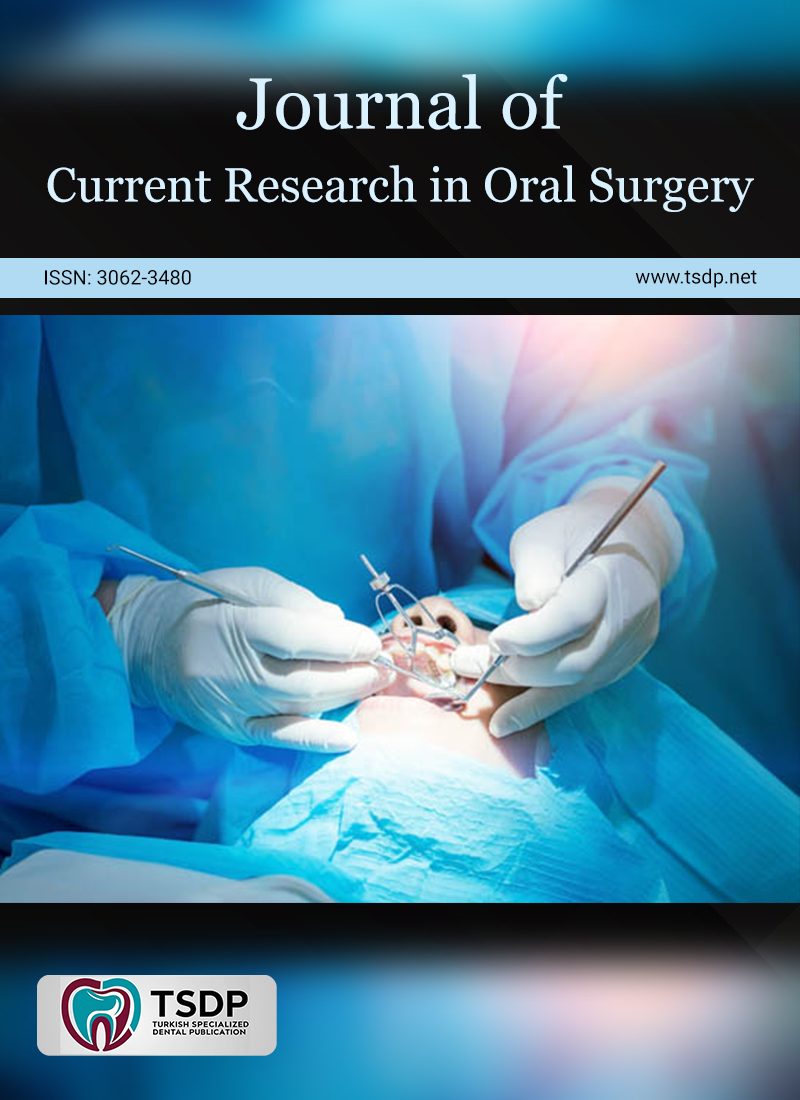
This systematic review aimed to assess the survival rate of immediate implants placed in sites with chronic periapical lesions, following different disinfection protocols. A comprehensive literature search was performed according to the PRISMA guidelines. Clinical trials published in English between 2012 and 2023 were considered. Eligible studies included randomized clinical trials (RCTs) and cohort human clinical trials that evaluated the survival rate of implants in infected sockets, with a control group and a minimum follow-up period of 3 months. In vitro studies, animal research, pilot studies, case reports, and case series were excluded. The Newcastle-Ottowa scale was used for cohort studies, while the Cochrane Risk of Bias assessment tool (version 2) was used for RCTs. Seven studies met the inclusion criteria: five cohort studies and two RCTs. Due to data heterogeneity, none of the studies were suitable for quantitative meta-analysis. A total of 259 patients and 663 implants were evaluated, with implant survival rates ranging from 94.4% to 100%. All studies used curettage as the primary debridement method in the test groups for infected sockets. No statistically important differences (P < 0.05) were observed in implant survival when additional disinfection methods such as chlorhexidine rinsing or sequestrectomy using Er, Cr: YSGG laser were applied. The findings suggest that while various measures can increase the likelihood of implant integration, additional disinfection techniques are ineffective unless thorough curettage of the alveolus is performed.